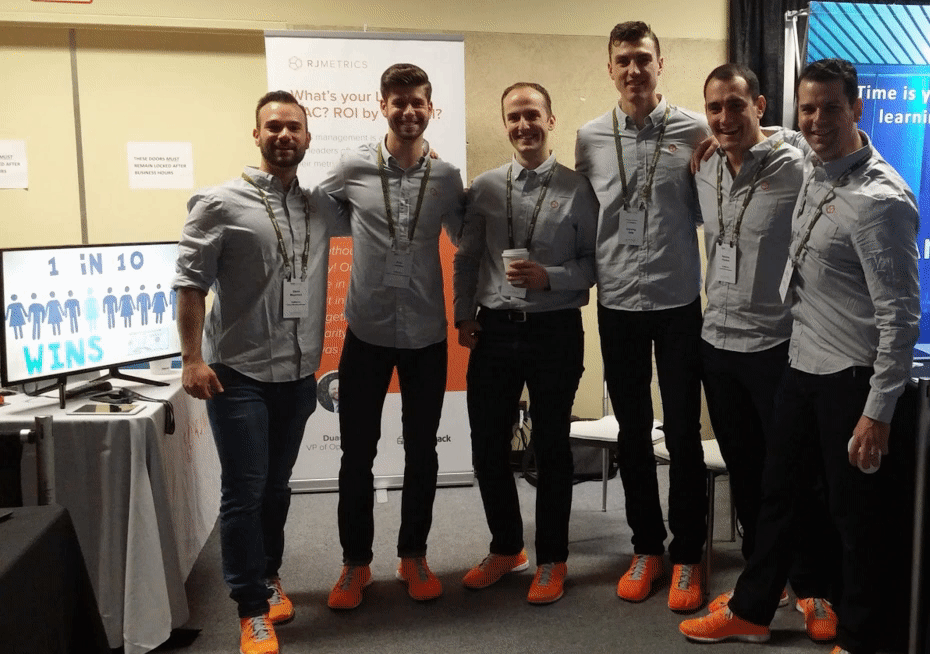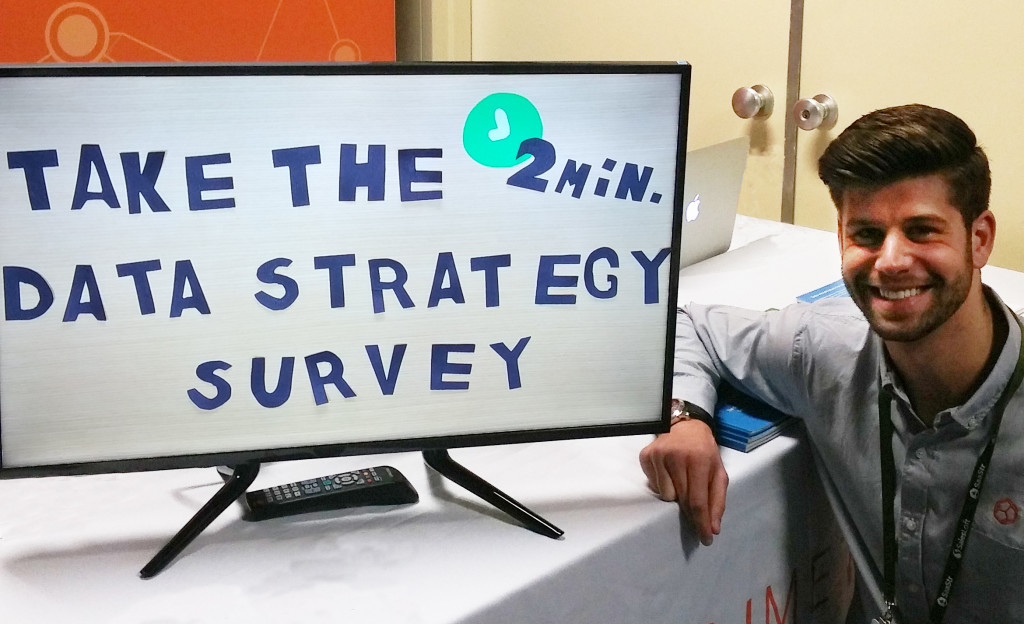Two weeks ago the RJMetrics team joined over 5,000 SaaS founders, executives, and venture capitalists at the second SaaStr Annual. The conference spanned 3 days and featured over 150 speakers.

I went to the event with an agenda: to figure out whether SaaS leaders really get what it takes to instrument their businesses with data, or if all the buzz around the importance of SaaS metrics is just talk.
“You will have a unique answer for your business,” Bessemer Partner’s Bryon Deeter explained during his talk ‘10 Laws of Building a Unicorn’. “But you need to know what the answer is, and how to track it.” Of course, how to track it is where things get tricky.
There’s a lot of great advice about what metrics to track. Deeter recommends focusing on “the 5C’s”: CARR (committed ARR) & ARR, CAC & CAC Payback, Churn, CLV, and Cash Flow. We’ve written about the most important SaaS metrics, a16z has covered this topic, Tom Tunguz has covered this, and many more. Everyone knows metrics matter to SaaS businesses, but do they understand how to get the data and technologies in place to track them?
To answer this question, the RJMetrics team designed a short, 2-minute survey that collected responses from SaaS leaders at the event. Here’s what we learned.

Everyone wants richer insights on customer acquisition metrics
Customer acquisition metrics – like CAC and CLV – are important across the board. Over half of early, growth, and scale stage companies reported that they wanted more insights into this area of their business.
Interestingly, while 56% of early stage respondents chose customer acquisition as one of their target areas, they were relatively less enthusiastic about product usage and customer success. This data also show how the importance of retention increases as company size grows, with 80% of scale-stage respondents identifying customer success as a focus point.
SaaS companies have data living in a lot of different platforms
SaaS companies use a lot of SaaS tools, and this is overall a positive thing. Deeter highly recommend this approach, encouraging founders to question engineers who attempt the build approach: “When you’re building a company and your devs are reinventing everything – if they’re trying to build an email foundation, an SSO foundation, if they are going down the stack for customer engagement – look at them and ask ‘why?’” You want your engineers building your core product, not building tools to run your business.
Of course, the natural outcome of this approach is that you end up with business data living inside a variety of SaaS tools. Your payments data is in Recurly and Stripe, customer data is in Pardot or Salesforce, web data will be in Google Analytics and Mixpanel. This presents a challenge when it’s time to turn that data into metrics and analysis.
SaaS companies lack the data infrastructure needed to measure their most important SaaS metrics
What we found is that most SaaS companies lack the data infrastructure needed for cross-domain analysis. For instance, in order to track a metric like CLV, you need to know CAC (which comes from your ad platforms and accounting software) as well as ARR (which lives in your billing system).
Survey results showed that most companies use a variety of tools and workflows to get insights from their data, but 32% of all SaaS companies rely exclusively on the built-in reporting capabilities of a given SaaS tool. Even at the enterprise level, 56% of companies still at least partially rely on insights from built-in reporting capabilities. This means that even established companies lack a single source of truth for their business. Ouch.
Most companies are taking the DIY approach to data infrastructure
When it comes to data infrastructure, most SaaS companies are still building, choosing to write the scripts needed to get their data into a central warehouse over purchasing software. This makes sense. Until recently, this has been the only option available to SaaS companies, meaning that any metric requiring cross-domain analysis was largely beyond the reach of early and growth stage companies.
Until the very recent advent of Amazon Redshift for data warehousing and tools like RJMetrics Pipeline, there weren’t many alternatives to building a data infrastructure from scratch. We expect that by next year, we’ll see far more companies going the buy path that Deeter recommends for other core SaaS tools.
If you want to explore this data set yourself, here it is. Let us know what you find. And, for extended SaaStr coverage, check out what our friends at DataFox put together here.

